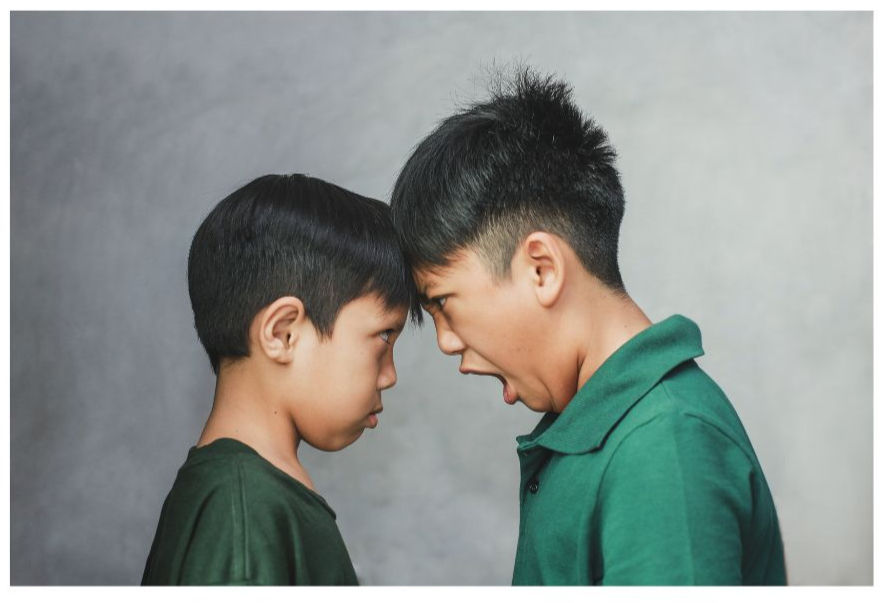How Easily Can a Child be Radicalised: Understanding the hidden risks
- Mable Green
- Oct 23
- 3 min read

Learn how easily children can be radicalised through online content, peer pressure, and social isolation. Discover the warning signs, risk factors, and how to protect young people.
Do you know how easily a child can be radicalised? Being radicalised is the process by which individuals adopt extreme beliefs or ideologies to achieve political, religious, or social goals. This may justify or encourage violence. Transformation usually starts gradually with multiple stages, starting with exposure to extremist ideas and progressing to accepting or actively pursuing those ideologies.
Key Characteristics leading to being Radicalised
Radicalisation often occurs through exposure to extremist ideas, whether online, through personal connections, or in specific environments. Vulnerable individuals, especially those experiencing personal, social, or economic challenges, may be more susceptible to radicalising influences.
Counter Terrorism Policing Statistics
Who are at risk of being Radicalised
Children and young adults may be radicalised through their vulnerabilities and easily influenced and exposed to extremist ideas or recruitment attempts.
Online Content and Social Media:
Extremist groups use social media, online forums, gaming platforms, and messaging apps to share propaganda. These platforms make it easy for young people to encounter radical material, from hate-filled messages and conspiracy theories to recruitment attempts disguised as memes or "edgy" humour. Algorithms on some platforms may further expose users to progressively more extreme content, reinforcing radical ideas.
Isolation and Social Exclusion:
Feelings of isolation, exclusion, or alienation can make young people more susceptible to radicalisation, especially if they experience bullying, discrimination, or difficulties fitting in socially. Extremist groups exploit these feelings, offering a sense of belonging or purpose that fills these gaps in young people's lives.
Personal or Family Circumstances:
Personal struggles, including family conflict, abuse, or trauma, can increase vulnerability. Extremist recruiters may promise empowerment or control over one’s circumstances, positioning extremism as a solution to personal challenges. Some individuals may also inherit radical views from family members involved in extremist circles.
Ideological and Identity-Based Needs:
Young people exploring their identities may be drawn to ideologies that promise simple answers to complex social issues. These could include notions of social justice twisted by extremist ideologies, or ideas of cultural or religious superiority. Extremist recruiters often use "us versus them" narratives that appeal to youth looking for clear-cut identities.
Peer Pressure and Group Dynamics:
Friends or social groups that embrace extremist ideologies can exert significant influence, especially if they seek acceptance or a sense of camaraderie. Extremist groups often present their ideas as a badge of loyalty to a tight-knit community, pressuring members to adopt similar views.
Propaganda in Specific Environments:
Radicalisation may also happen through direct exposure in specific environments such as community groups and informal religious gatherings. Extremists can share their ideas without being seen and, in some cases, actively seek to influence young people.
Mental Health and Emotional Vulnerability:
Certain mental health conditions, combined with a lack of support, can increase susceptibility. The ideology can be used as an outlet for existing anger or frustration. Extremist groups may even target individuals with learning difficulties.
Radicalised - Facts
By March 2023, Prevent referrals rose by 6.4% to 6,817, marking one of the highest levels recorded since 2015. However, only 654 referrals go to Channel as cases where individuals receive more intensive interventions. Of the referrals, 39% originated from the education sector and 29% from law enforcement.



Comments